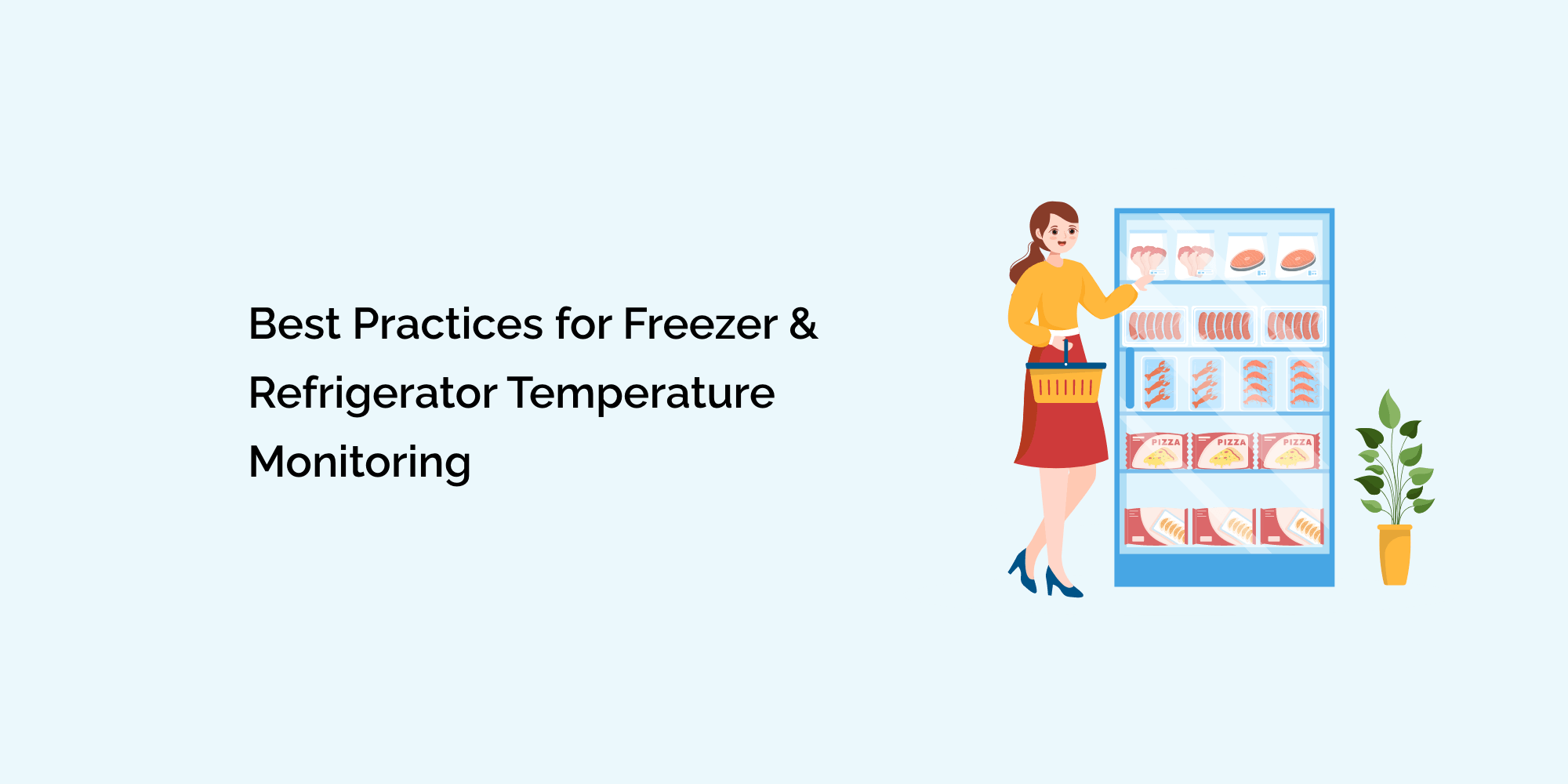Maintaining optimal temperature conditions in freezers and refrigerators is essential for preserving the quality and safety of perishable items. Failure to monitor and control temperature can lead to spoilage, health risks, and financial losses.
In this comprehensive guide, we will explore the best practices for freezer and refrigerator temperature monitoring, focusing on the TempCube temperature monitoring system. With a detailed understanding of these practices, businesses can ensure compliance, mitigate risks, and protect their valuable inventory.
The Importance of Temperature Monitoring
Temperature monitoring plays a vital role in various industries, including food services, pharmaceuticals, and healthcare. Understanding the impact of temperature fluctuations on perishable items is crucial for maintaining product integrity and meeting regulatory requirements.
By implementing an effective temperature monitoring system, such as the TempCube, businesses can prevent spoilage, minimize waste, and uphold consumer safety.
Introducing TempCube: A Reliable Temperature Monitoring Solution
The TempCube is a state-of-the-art temperature monitoring system designed specifically for freezers and refrigerators. It offers advanced features such as real-time temperature tracking, data logging, and remote monitoring capabilities.
The system comprises wireless sensors that communicate with a central hub, providing users with accurate and up-to-date temperature information. The TempCube ensures seamless integration into existing infrastructure and simplifies the temperature monitoring process.
Setting the Ideal Temperature Range
Each freezer and refrigerator has a specific temperature range that ensures optimal preservation of stored items. It is crucial to identify and set the ideal temperature range based on industry standards and product requirements.
The TempCube facilitates this process by allowing users to configure custom temperature thresholds. By establishing the appropriate temperature range, businesses can maintain product quality, prolong shelf life, and reduce energy consumption.
Strategic Placement of Temperature Sensors
Proper placement of temperature sensors is critical for capturing accurate temperature data. When using the TempCube, strategically position the sensors throughout the freezer or refrigerator to ensure comprehensive coverage.
Factors such as airflow patterns, proximity to cooling elements, and the location of stored items should be considered. By placing the sensors strategically, businesses can detect temperature variations effectively and respond promptly to potential issues.
Leveraging Real-time Monitoring and Alerts
The TempCube provides real-time monitoring capabilities, allowing users to access temperature data anytime, anywhere. The user-friendly interface visualizes temperature trends, facilitates historical data review, and enables customized alerts.
Real-time alerts via email or mobile app notifications ensure immediate notification of temperature deviations, enabling swift action to address potential spoilage risks.
Conducting Regular Calibration and Maintenance
To ensure the accuracy and reliability of temperature monitoring, regular calibration and maintenance of the TempCube system are essential. Calibration involves verifying the accuracy of the sensors against reference standards.
Routine maintenance includes battery checks, firmware updates, and sensor inspections. By following these best practices, businesses can maintain the integrity of their temperature monitoring system and trust the accuracy of the data collected.
Establishing Standard Operating Procedures
Creating comprehensive Standard Operating Procedures (SOPs) for temperature monitoring is crucial for consistency and compliance. SOPs should cover sensor placement guidelines, temperature range validation, data recording frequency, alarm response protocols, and documentation practices.
By implementing SOPs, businesses ensure that all stakeholders understand their roles and responsibilities in maintaining optimal temperature conditions.
Training Employees on Temperature Monitoring Protocols
Properly trained staff members are instrumental in successful temperature monitoring. Educate employees about the importance of temperature control, the features of the TempCube system, and the specific protocols they need to follow.
Provide training on troubleshooting common issues, interpreting temperature data, and responding to temperature alarms. Empowering employees with knowledge enhances overall temperature monitoring efforts and ensures consistency in adherence to best practices.
Conclusion
Implementing best practices for freezer and refrigerator temperature monitoring is crucial for preserving product quality, ensuring compliance, and minimizing risks. The TempCube temperature monitoring system offers advanced features that simplify and enhance the monitoring process.
By understanding the importance of temperature monitoring, leveraging real-time monitoring capabilities, strategically placing temperature sensors, conducting regular calibration and maintenance, establishing SOPs, and training employees, businesses can safeguard their inventory, protect consumer safety, and maintain their reputation.








